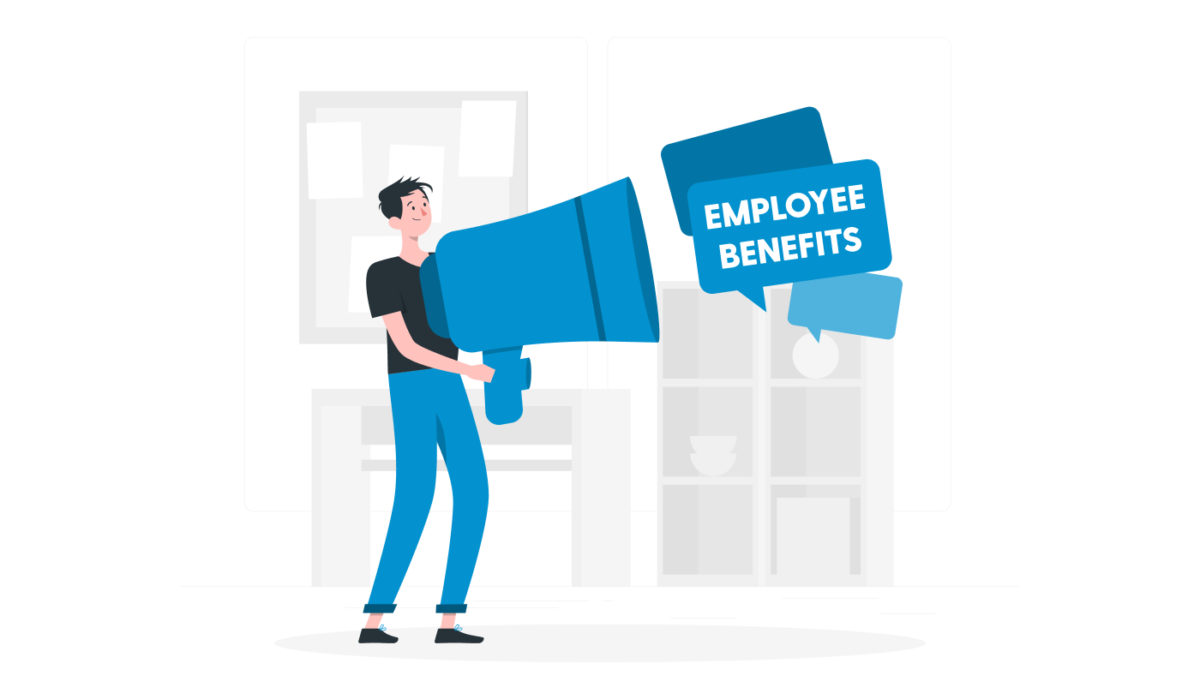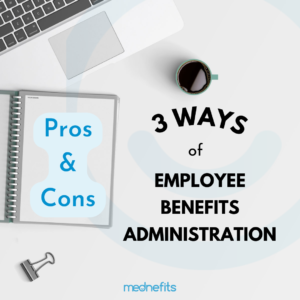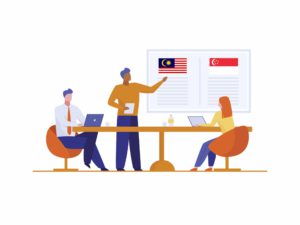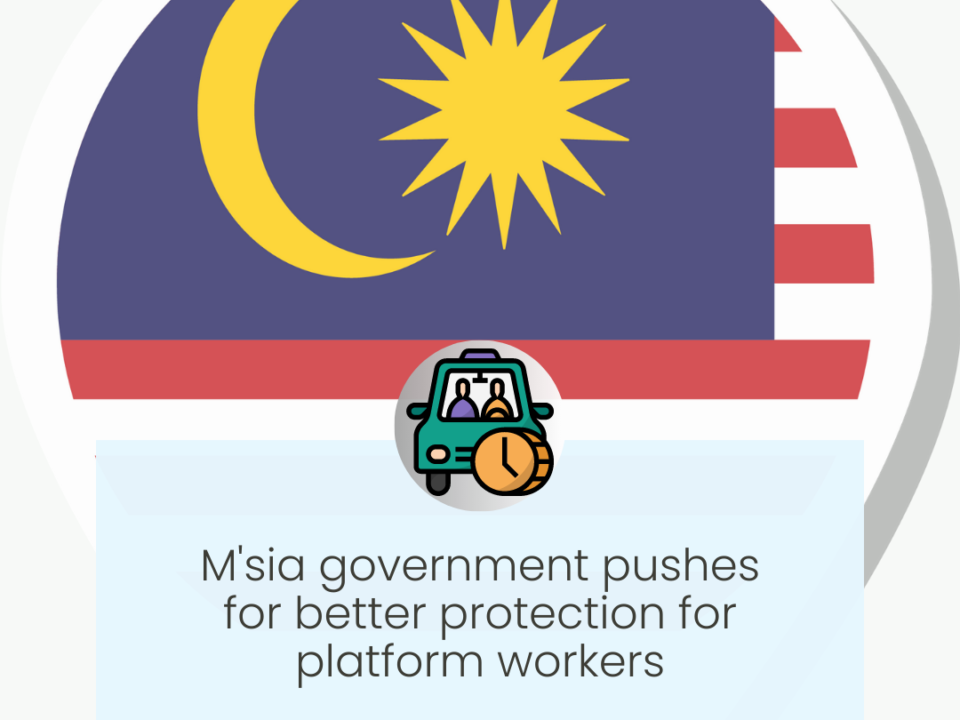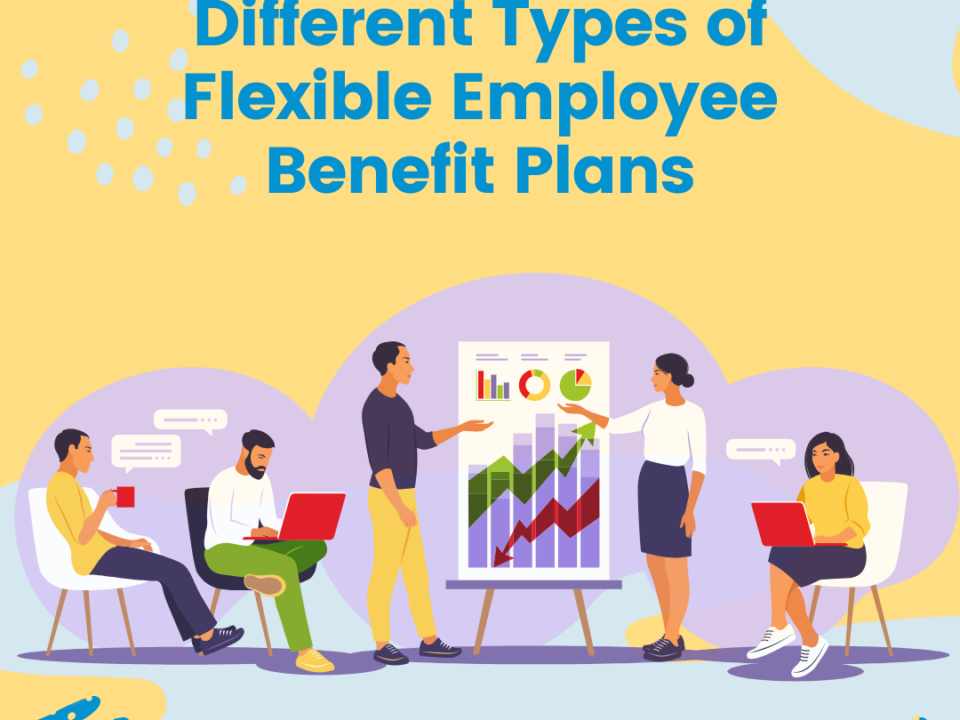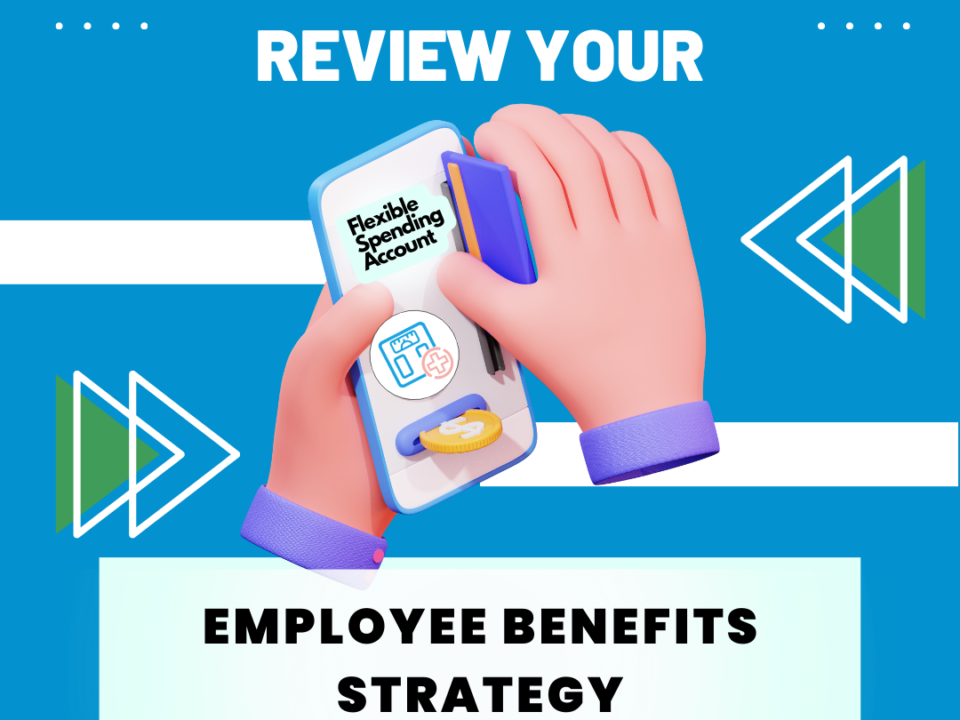
Employee benefits policy in Malaysia – What every employer should know
December 27, 2022
3 common mistakes that cost your employee benefits ROI
December 28, 2022How to communicate employee benefits in 5 steps
Employee Benefits
How to communicate employee benefits in 5 steps
December 28, 2022
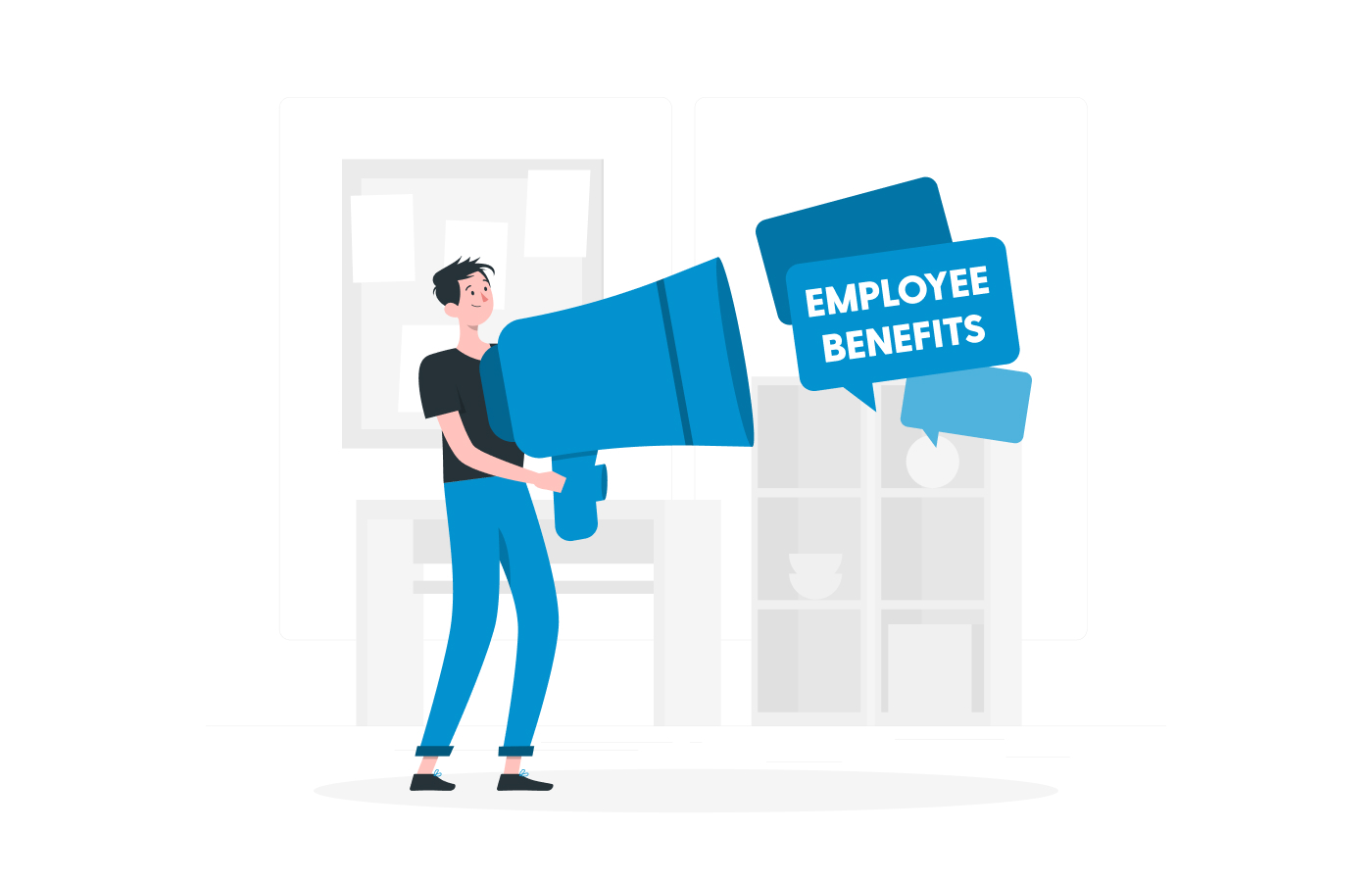
You have just revamped the organisation’s employee benefits plan and are ready to communicate the changes to the employees, hoping that all of them understand the message with no questions asked.
One minute after sending the email, you started receiving questions, which are obviously answered in the supporting document you attached. You took the time to answer each of them, and by the time you know it, the clock strikes 6pm.
Or you didn’t get any questions and realised that the new benefit was underutilised. Perhaps your email was confusing to your employees, and thus, they decide to ignore the email you have carefully written.
While you can’t force your employees to read every single communication, you can use the following 5 effective employee benefits communication tips and samples to make it easier for employees to understand the benefits they are entitled to.
5 Steps To Communicate Benefits To Employees

1. Diagnose before solution
Before you send another round of communications reminding your employees about the new benefit programs, take a step back and look at your previous communications.
Just like how doctors ask how you feel before prescribing medicine, you need to know what’s exactly going on with your employee benefits communications strategy and execution before devising an improvement plan.
Analyse the way you communicate employee benefits and ask yourself the following questions:
- Why do you communicate this way?
- What benefits are you actually highlighting? Are there too many of them?
- How many employees came back with questions?
- What makes the employees ask such questions?
- What are the benefits the employees may not be aware of?
On another note, figure out who you are communicating with. Broadcasting a benefit in the same email to everyone isn’t going to cut it in the 21st century. Most likely, you already have nearly 5 generations in your organisation, and each of them has different benefits preferences and communication styles, which brings us to the next tip.

2. Communicate In Ways Your Employees Prefer
The list of communication channels is endless: emails, meetings, company presentations, intranet, messaging tools (e.g, Teams, Slack, or Skype).
Each channel reaches different people at separate timings. When communicating employee benefits, do not depend on one channel and be done with it. Utilise different communication channels to reach as many people as possible in ways they get it.
Besides using multiple channels, how you present the communication also plays an important role. According to the Notre Dame of Maryland University, different generations generally prefer different ways of communication at work:
- Gen Zs prefer face-to-face meetings.
- Millennials prefer digital communication like messaging apps or emails (phone calls are a big no-no).
- Gen Xers prefer emails, specifically short and sweet ones.
- Baby Boomers prefer speaking both in person and on the phone, while some are open to emails.
Each generation receives information better in certain formats like videos, audio, graphics, texts, or one-on-one discussions, so feel free to experiment with different channels and communication formats.
The simplest way to find out how to communicate employee benefits in ways your employees prefer is to do a survey.
If surveying isn’t doable, you can also group them based on their demographics such as age, race, religion, country, marriage and family status, medical conditions, health goals, financial commitments, and so on.
Then, group them up, tailor your message, and use the channels according to their preferences.

3. Keep communication consistent and frequent
Employee benefits communication is not an annual event. Timing matters and employees need to be reminded all the time to keep meaningful benefits at the top of their minds. However, there's a fine line between keeping benefits at the top of minds and spamming.
The best way to communicate employee benefits effectively is to remind employees to use certain benefits at specific timings. This ensures employees use the right benefit at the right time.
For example, a female employee who just applied for maternity leave receives an email from HR stating she’s eligible to claim childcare vouchers and birth allowances from the company. Imagine how the female employee would feel. If your organization believes in ‘caring for your employees’, this example shows your care at its best.
This type of customised benefits communication does require a lot of resources, and HR can’t do this alone. Often, the second-best person to ask about employee benefits is line managers. They’re like HR’s speaker and microphone, customising and broadcasting employee benefits to their direct subordinates.
However, huge companies with more than 500 employees might face miscommunication, where HR teams said A and line managers said B, leaving employees more confused than ever.
In this case, HR needs to educate each line manager about the employee benefits and how to answer potential questions. Line managers already have a lot on their plate, so let’s make life easier for them too.

4. Make Benefits Accessible and Updated
As an employee, are you 100% aware of all the benefits you’re entitled to? Unless you have access to a robust employee benefits platform, chances are, you don’t.
In most organisations, employees have to contact their HR teams and ask for remaining reimbursement on specific benefits only. This is time-consuming for the employee and HR.
On the other hand, what if the employee can check the benefits they’re given and how much left they can spend, instantly?
Employee benefits platforms like Mednefits provide employees and employers alike real-time employee benefits usage data that can be used to optimise budget, save everyone’s time, and treat our mother planet better (by reducing papers).
Having a one-stop platform for employees to check their benefits also makes it easier to collect feedback, which ultimately can improve your employee benefits plan and execution.
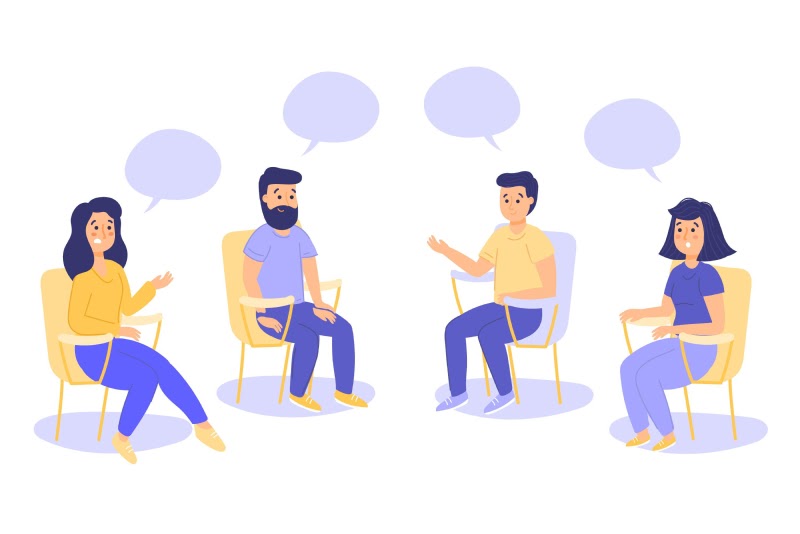
5. Share Stories Regularly
A not so brick-and-mortar employee benefits communication strategy is sharing stories. Stories are a great way to promote engagement and ensure messages are delivered, killing two birds with one stone.
Someone needs to take the lead in sharing, so line managers would be the best candidate. Encourage your line managers to share how they used a particular benefit and how it was useful to them in their team meetings or one-on-one discussion.
Why story-telling works is because humans have FOMO (fear of missing out); they will think, “if this is good for my manager, it should be good for me as well.” This is also why ‘word of mouth’ in sales and marketing works so well.
Related Articles
About Mednefits:
Mednefits helps businesses take care of their employees with its automated, affordable, and accessible employee benefits platform.
Request to join Mednefits for free to help process and track claims in real-time, while controlling costs.
